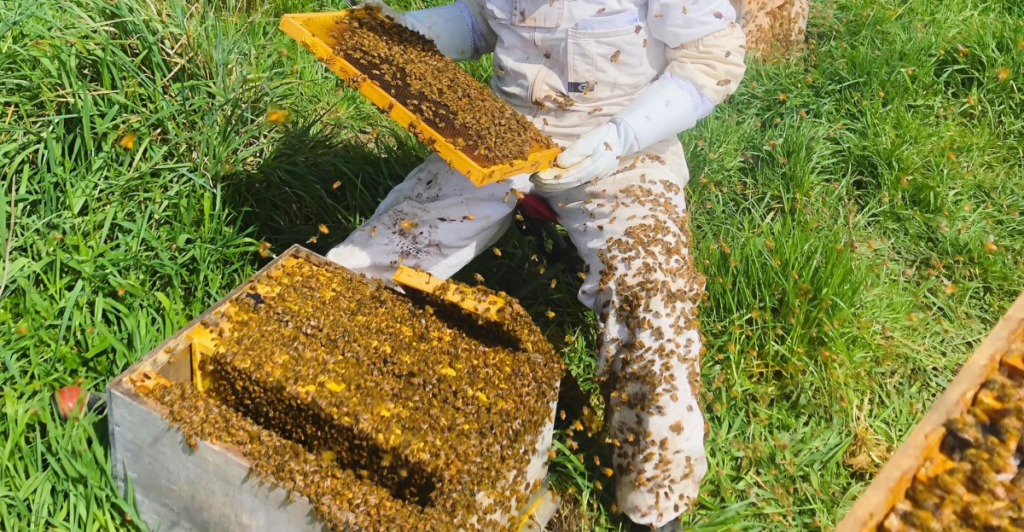
Honeybees are essential pollinators, contributing significantly to global agriculture and biodiversity. However, their populations have declined due to habitat loss, pesticide exposure, and diseases. Recent scientific research has identified simple yet effective methods to support and save millions of honeybees. This article explores these strategies, backed by factual information and high-quality research, offering insights into how individuals and communities can contribute to honeybee conservation efforts.
Understanding the Importance of Honeybees
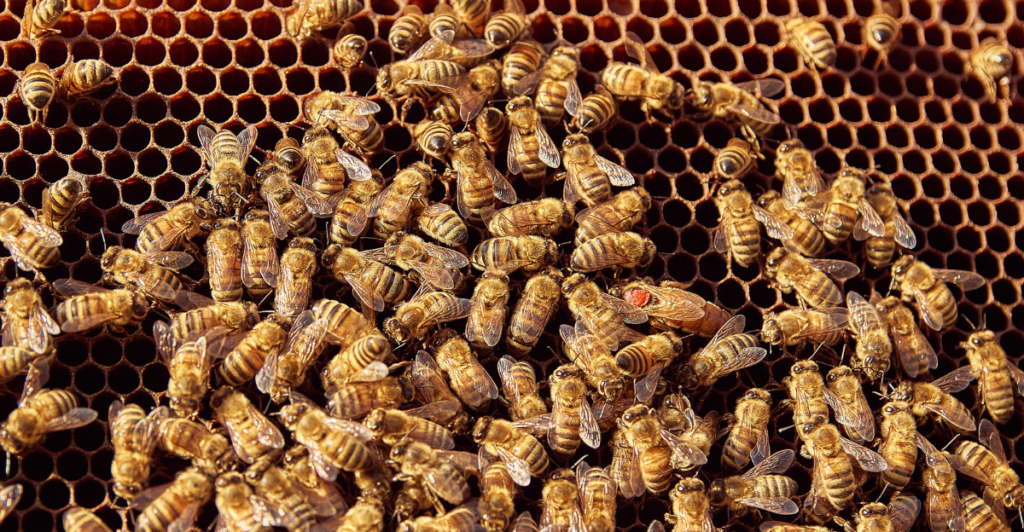
Honeybees are crucial in pollinating approximately one-third of our food, including fruits, vegetables, and nuts. Their pollination services are valued at over $15 billion annually in the United States alone. Beyond agriculture, honeybees support the reproduction of wild plants, maintaining ecological balance and biodiversity. Their decline poses significant risks to food security and ecosystems worldwide.
The Decline of Honeybee Populations
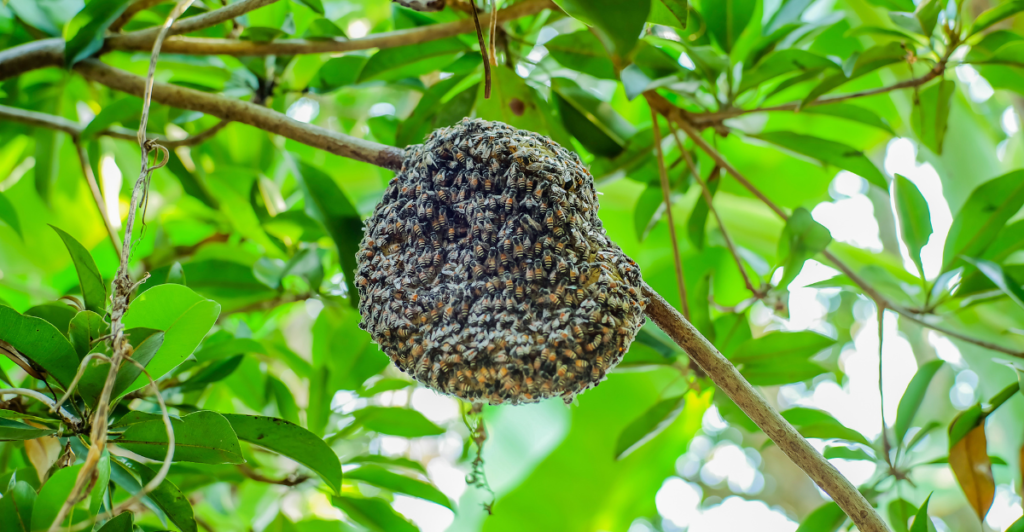
In recent decades, honeybee populations have significantly declined due to various factors. Habitat loss from urbanization and agricultural expansion reduces their foraging areas. Pesticide exposure weakens their immune systems, making them more susceptible to diseases. Additionally, parasites like the Varroa destructor mite have devastated colonies by spreading viruses and draining bees’ energy.
Planting Bee-Friendly Habitats

Creating and preserving bee-friendly habitats is a simple yet effective way to support honeybee populations. Planting native wildflowers, shrubs, and trees provides essential nectar and pollen sources. Even small spaces like gardens, balconies, or community plots can be transformed into pollinator-friendly areas. Diverse plantings that bloom at different times ensure a continuous food supply for bees throughout the seasons.
Reducing Pesticide Use
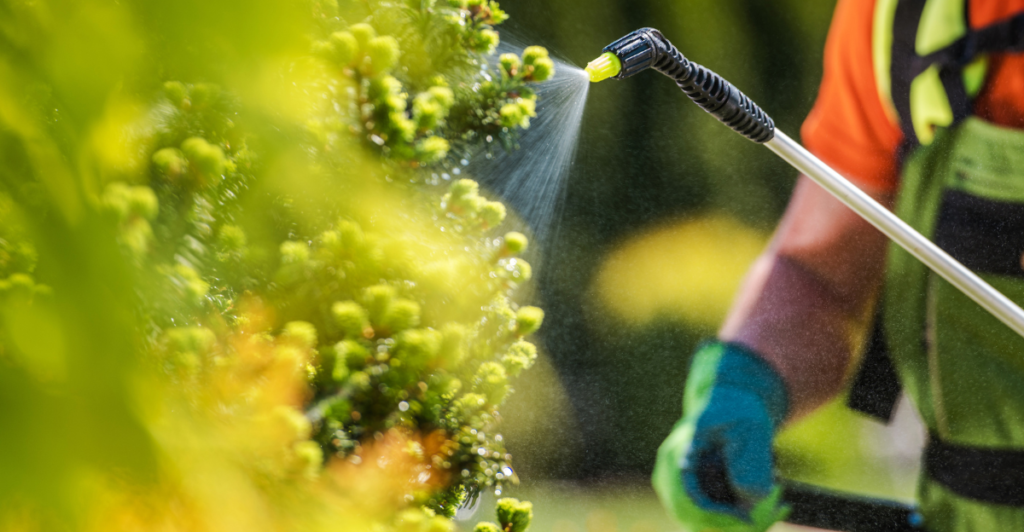
Minimizing or eliminating synthetic pesticides and herbicides in gardens and agricultural practices can significantly benefit honeybees. These chemicals can harm bees directly or contaminate their food sources. Opting for organic farming methods and natural pest control alternatives helps maintain healthy bee populations and promote ecological balance.
Supporting Local Beekeepers
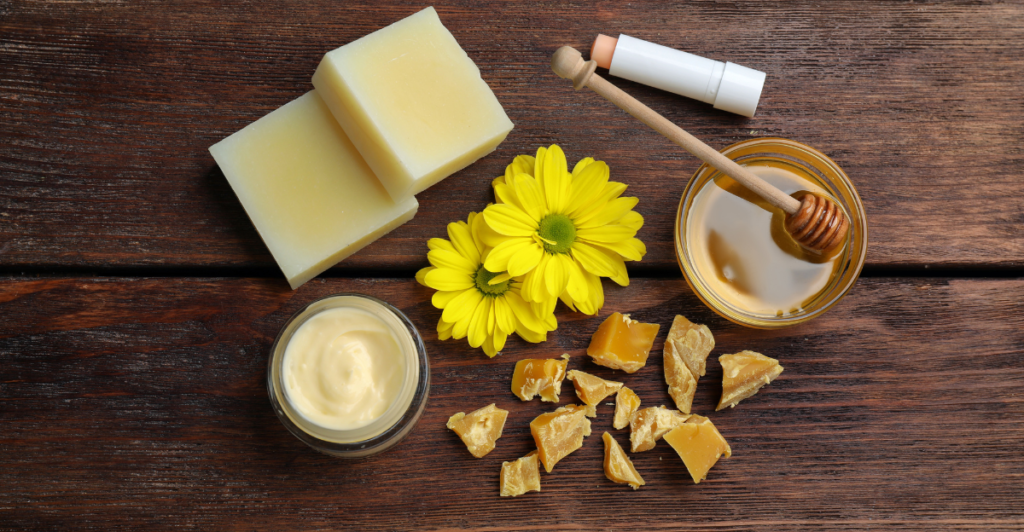
Purchasing locally produced honey and beeswax products supports local beekeepers, who play a vital role in maintaining healthy bee populations. Beekeepers manage colonies, monitor bee health, and contribute to regional biodiversity. Supporting them helps sustain their efforts and encourages the practice of responsible beekeeping.
Providing Water Sources for Bees
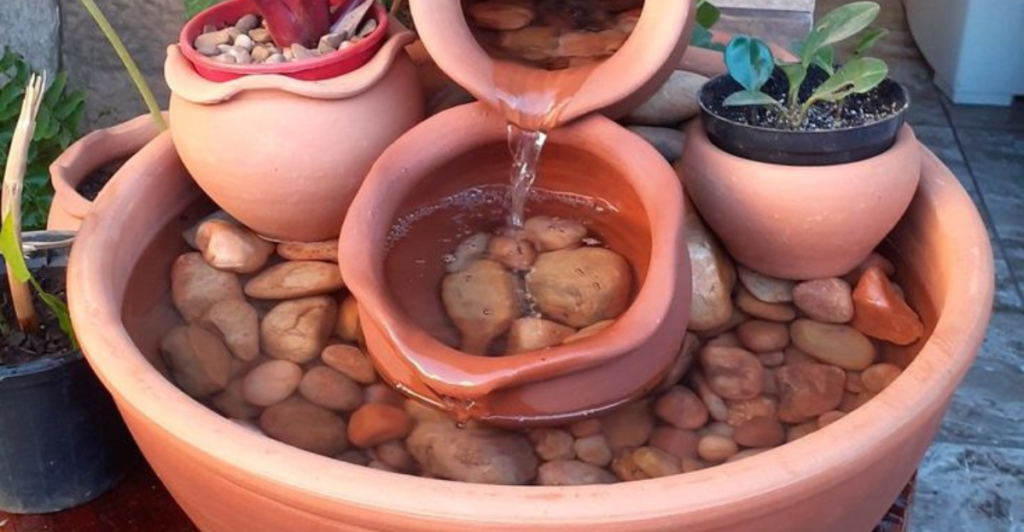
Honeybees require water for various hive activities, including cooling and feeding larvae. Creating shallow water sources with landing spots, such as a pie pan filled with pebbles and water, can provide bees with safe hydration points. This simple action supports their daily needs and overall colony health.
Building Bee Habitats
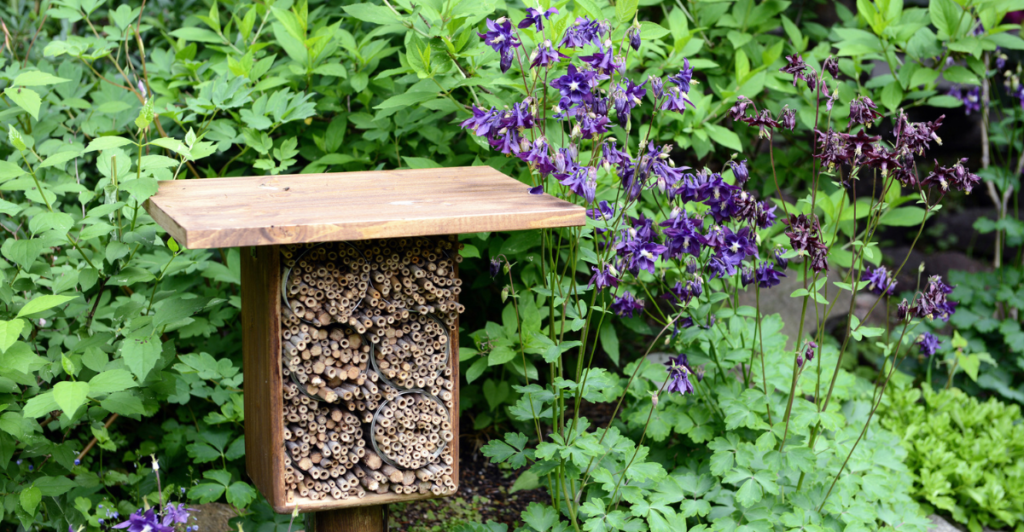
Constructing bee habitats, such as bee hotels or hives, offers shelter and nesting sites for honeybees and other pollinators. These structures can be placed in gardens, parks, or community spaces to encourage local bee populations. Providing safe nesting areas supports bee reproduction and contributes to their conservation.
Promoting Rewilding Projects
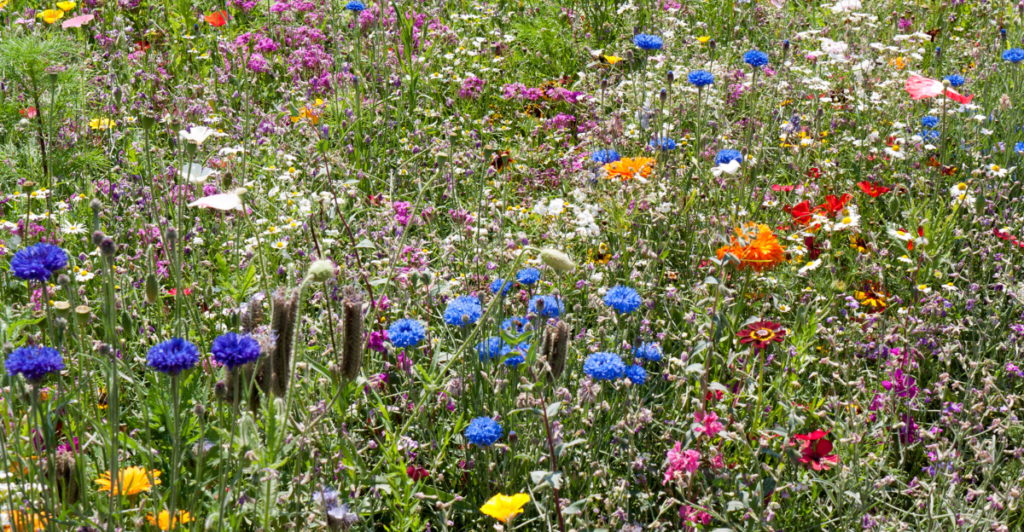
Supporting rewilding initiatives that restore natural habitats, including wildflower meadows and grasslands, can significantly benefit honeybees. Rewilding efforts increase the availability of diverse foraging resources and nesting sites, helping to reverse habitat loss and promote healthy bee populations.
Educating Communities on Bee Conservation
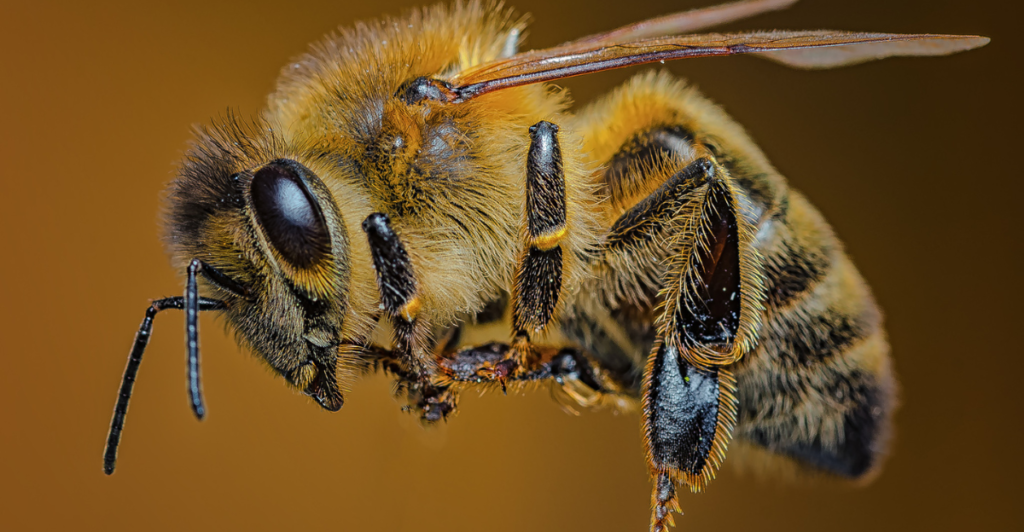
Raising awareness about honeybees’ importance and challenges is crucial for their conservation. Educational programs, workshops, and community events can inform the public about simple actions they can take to support bees. An informed community is better equipped to implement bee-friendly practices and advocate for policies that protect pollinators.
Research and Technological Innovations

Scientists and engineers are developing innovative solutions to address honeybee challenges. For example, researchers are exploring using mushroom extracts to combat the Varroa destructor mite, a significant threat to bee health. Technological advancements, such as hive monitoring systems, help beekeepers manage colonies more effectively, ensuring timely interventions to maintain colony health.
Community Involvement in Bee Conservation
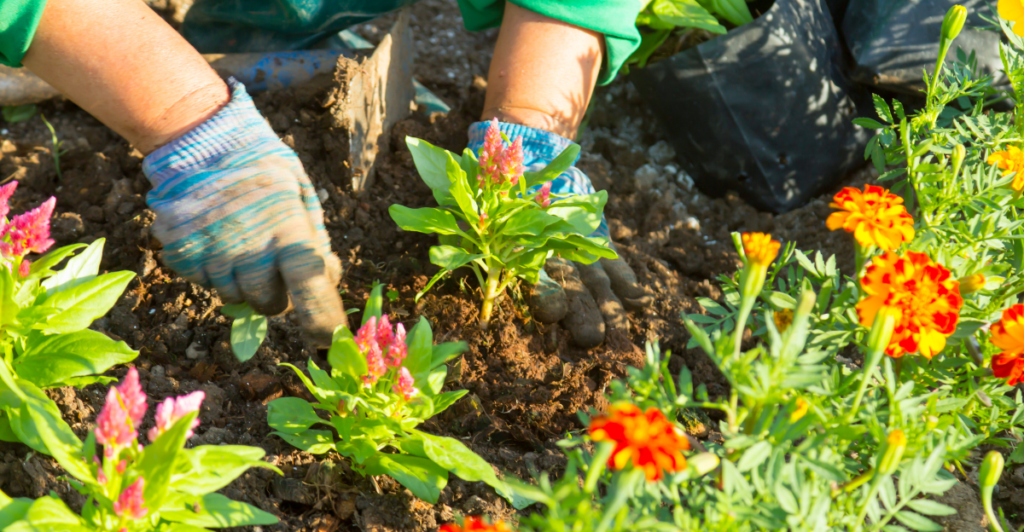
Community involvement is key to successful bee conservation efforts. Local groups can organize planting events, create pollinator corridors, and establish pesticide-free zones. Collaborative efforts amplify the impact of individual actions, creating a supportive environment for honeybees across larger areas.
Policy Support for Pollinator Health
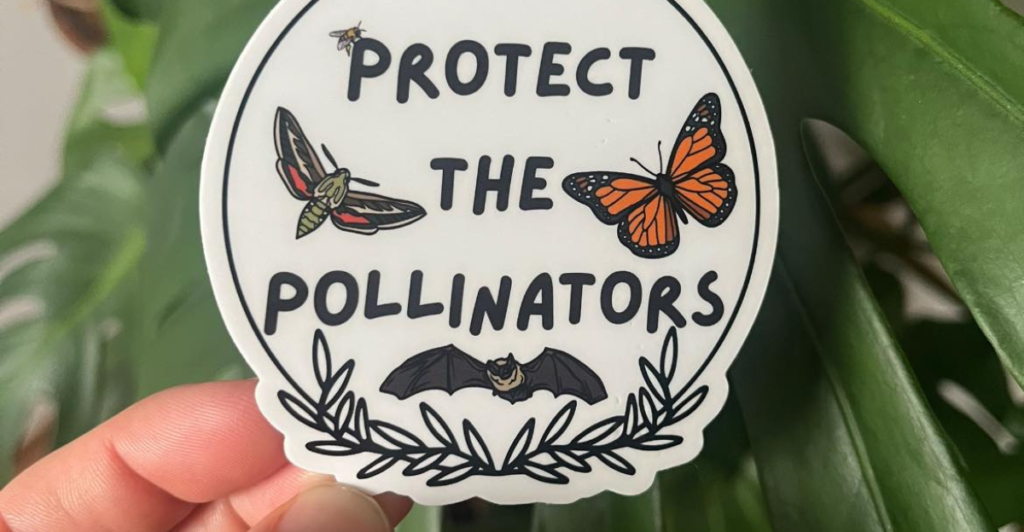
Advocating for policies that protect pollinators is essential for long-term conservation. This includes supporting legislation that limits harmful pesticide use, promotes habitat restoration, and funds research on pollinator health. Policy support ensures that conservation efforts are sustained and effective at regional and national levels.
Collective Efforts to Save Honeybees
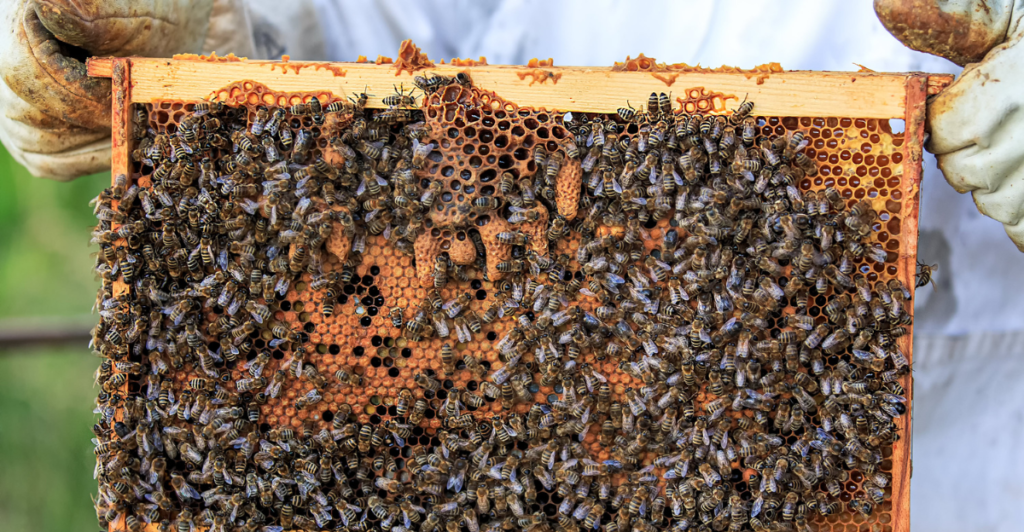
Saving millions of honeybees is achievable through simple, informed actions by individuals, communities, and policymakers. By creating bee-friendly habitats, reducing pesticide use, supporting local beekeepers, and promoting education and research, we can collectively contribute to conserving these vital pollinators. Our combined efforts will help ensure the health of honeybee populations and the ecosystems they support.
Discover more of our trending stories and follow us to keep them appearing in your feed

California Is Breaking Apart: A Fault Line Is Forming Faster Than Anyone Predicted
The War on Cows Is Over—And Green Extremists Have Lost
Climate Change Overestimated? New Data Shows Oceans Are Cooling The Planet Faster Than Predicted
“There Will Be Eruptions”: Concerns Mount as Yellowstone Supervolcano Activity Shifts
References:
Reference 1
Reference 2
Reference 3
This article first appeared here
Stay connected with us for more stories like this! Follow us to get the latest updates or hit the Follow button at the top of this article, and let us know what you think by leaving your feedback below. We’d love to hear from you!







